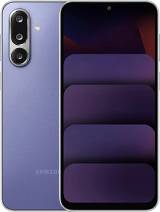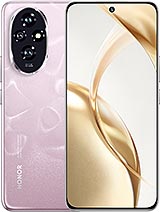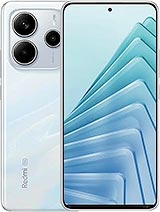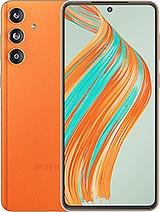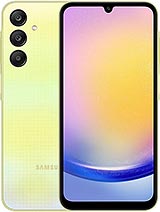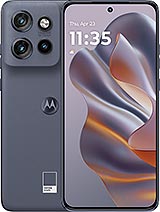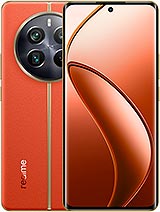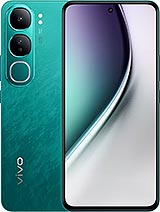Samsung Galaxy F34 alternatives
Tap above to see alternatives.
Vivo Y300 alternatives
Tap above to see alternatives.
Samsung Galaxy F34
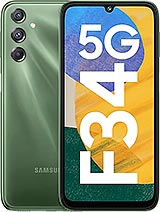
Samsung Galaxy F34
-
Exynos 1280
5 nm
-
6000 mAh
25W
-
6.5"
1080 x 2340 pixels
-
50 MP
4K@30fps
- Specs
2x2.4 GHz Cortex-A78
6x2.0 GHz Cortex-A55
2x2.2 GHz Cortex-A78
6x1.95 GHz Cortex-A55
8GB 128GB (UFS 2.2)
8GB 256GB (UFS 2.2)
f/1.8, (wide), PDAF, OIS
8 MP
f/2.2, 120˚ (ultrawide)
2 MP
f/2.4
f/1.8, (wide), 1/1.95", 0.8µm, PDAF
2 MP
f/2.4, (depth)
1080p@30fps
f/2.2, (wide)
f/2.5, (wide)
SIM1: Nano, SIM2: Nano (Hybrid)
SIM1: Nano, SIM2: Nano
10 5G bands
n1, n3, n5, n7, n8, n28, n38, n40, n41, n78
8 5G bands
n1, n3, n5, n8, n28, n38, n40, n41
In this performance comparison, the Vivo Y300 with its Qualcomm Snapdragon 4 Gen 2 (4nm) performs better than the Samsung Galaxy F34 with the Exynos 1280 (5nm), thanks to superior chipset efficiency.
Samsung Galaxy F34 launched with Android 13 and will receive updates until Android 17, whereas Vivo Y300 launched with Android 14 and will get Android 16. Samsung Galaxy F34 will get security updates until 2028 (approx. 5 years), while Vivo Y300 is supported till 2027.
Both Samsung Galaxy F34 and Vivo Y300 feature AMOLED displays, offering vibrant colors and deeper blacks. Both smartphones offer the same 120 Hz refresh rate. Vivo Y300 also boasts a brighter screen with 1800 nits of peak brightness, enhancing outdoor visibility. Both phones have the same screen resolution.
Samsung Galaxy F34 comes with a larger 6000 mAh battery, which may offer longer usage on a single charge. Vivo Y300 also supports faster wired charging at 80W, compared to 25W on Samsung Galaxy F34.
Samsung Galaxy F34 offers better protection against water and dust with an IP67 rating.
¹ Scores can vary even with the same chipset due to RAM, thermals, and software optimization.


